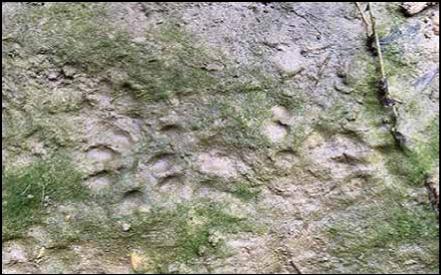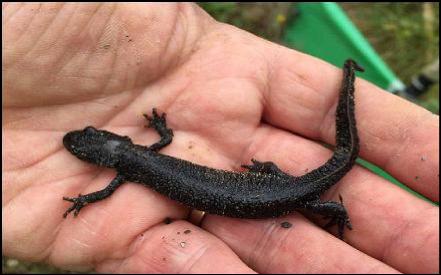Specific protected species surveys are often necessary for larger developments. This is most likely where the site is adjacent to woodland, ponds, rivers or is located in the uplands of the British Isles. Some surveys, such as those for otter and badger, can be carried out at any time of the year, while others, for species such as great crested newt and bats, can only be carried out in the spring or summer. All of our surveys are carried out by experience, licensed ecologists and are fully covered by our Professional Indemnity Insurance.
Please follow this link for a survey calendar.
Badgers
Badgers Meles meles and their setts are protected by the Protection of Badgers Act 1992. A sett is only protected when it is occupied by a badger. The penalties for disturbing a badger sett can be severe and we strongly recommend that developers have a survey done if they suspect that a badger sett is near, or on their site. An offence under the act can result in a 6-month prison sentence and a fine of up to £5,000.
Barn owls
Barn owls Tyto alba used to be widespread in Britain's countryside. Unfortunately the widespread use of rodentcides and the increasing conversion of agricultural buildings into residential properties has caused a dramatic fall in their numbers. Cheshire Ecology Ltd. can advise you if you want to attract these beautiful birds to your property. It can also undertake surveys if barn owl are present in the surrounding land.
Great Crested Newts
Great crested newts Triturus cristatus are a European Protected Species (EPS). Great crested newt (GCN) surveys have to be carried out before planning applications will be determined by a local authority. The surveys can only undertaken between the middle of March and the middle of June. If you miss this window the application may have to postponed for a year. A survey may be necessary if you have a suitable pond within 500m of the development site. We can also offer Environmental DNA (eDNA) surveys, but these often have to be carried out in conjunction with a conventional GCN survey. A great crested newt is illustrated on the opposite side of this page.
Otters
Fifty years ago otters Lutra lutra came close to extinction in the British Isles. This was the result of persecution, destruction of their habitat and pollution. The introduction of the Wildlife and Countryside Act in 1981 and improving water quality in rivers has caused an increase in otter numbers and they now occur in many of Britain's rivers. Otters should be taken into account if your development is close to a river. An otter's footprints can be seen on the left hand side of this page.
Water voles
Water voles Arvicola arvensis have suffered because of the loss of their habitat and the introduction of mink into Britain's countryside. Water voles still occur in northwest England, but they can be difficult to detect if they are present in low numbers. Water voles are a Schedule 5 species in the Wildlife and Countryside Act 1981. The animals and their burrows are protected by law.
The great crested newt (GCN) survey season will soon be starting. Surveys can only be carried out between the middle of March and the middle of June. Please contact us as soon as possible if you think that you may need a GCN survey.



